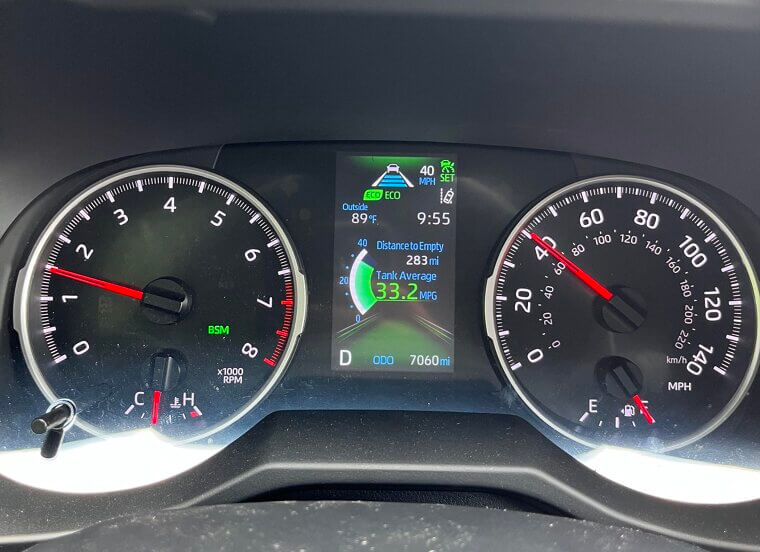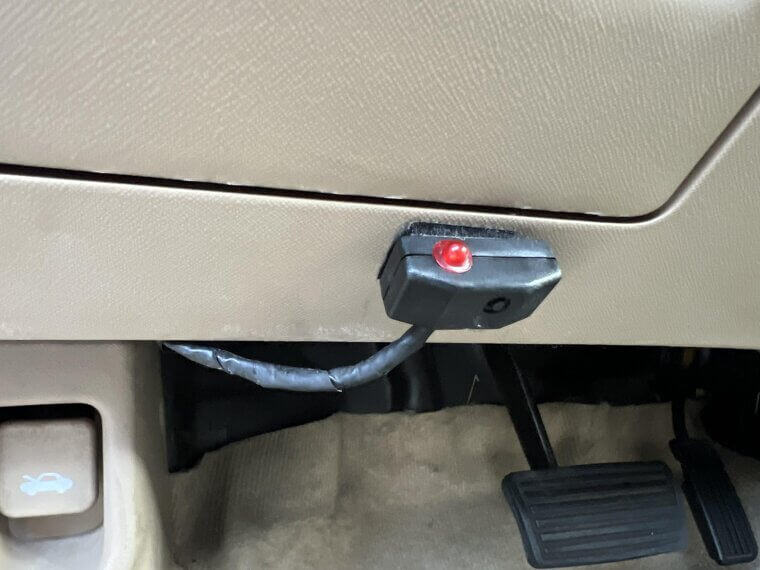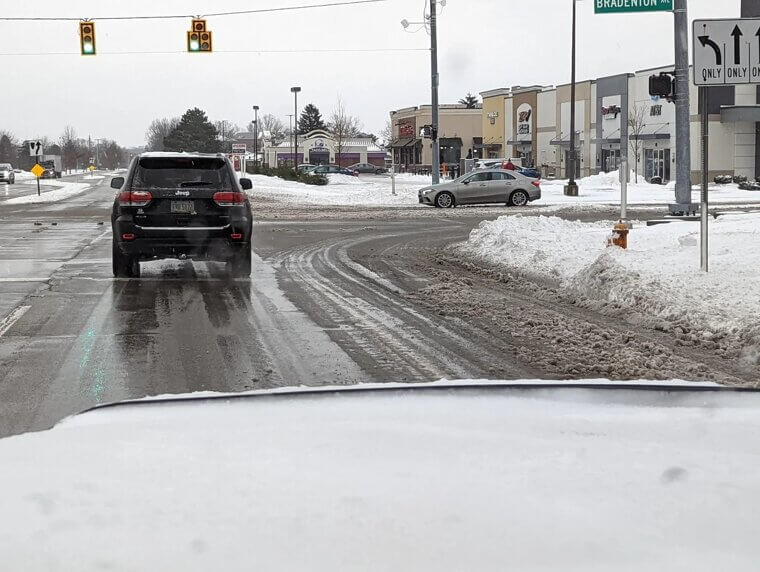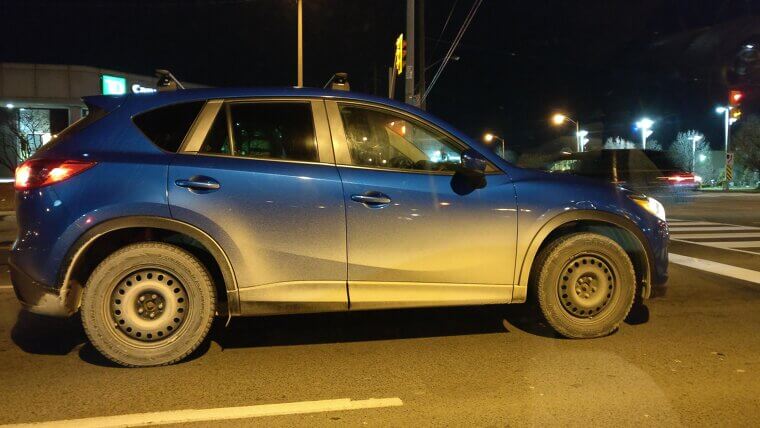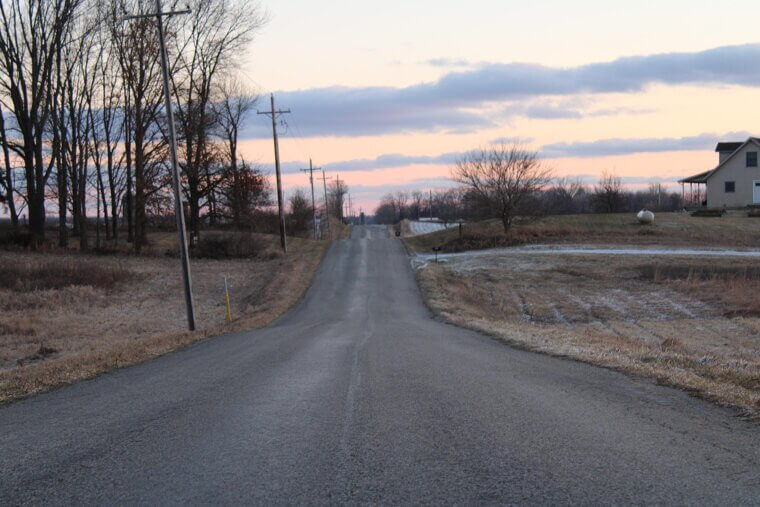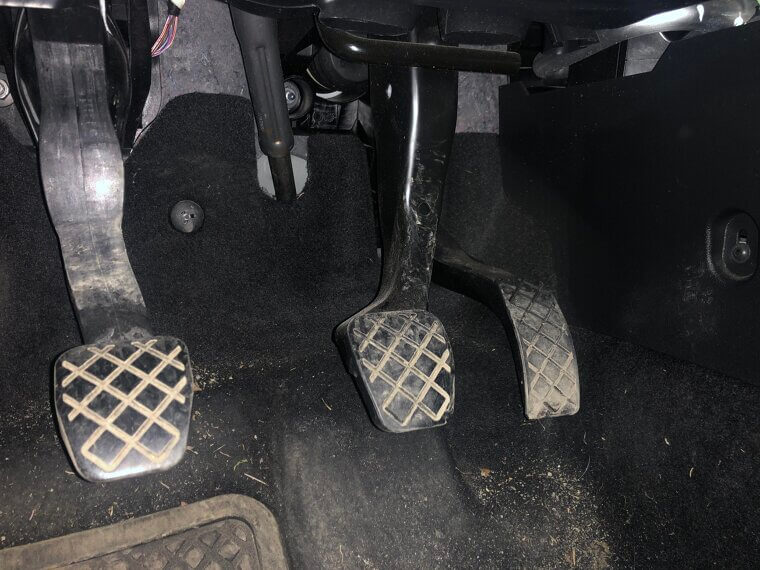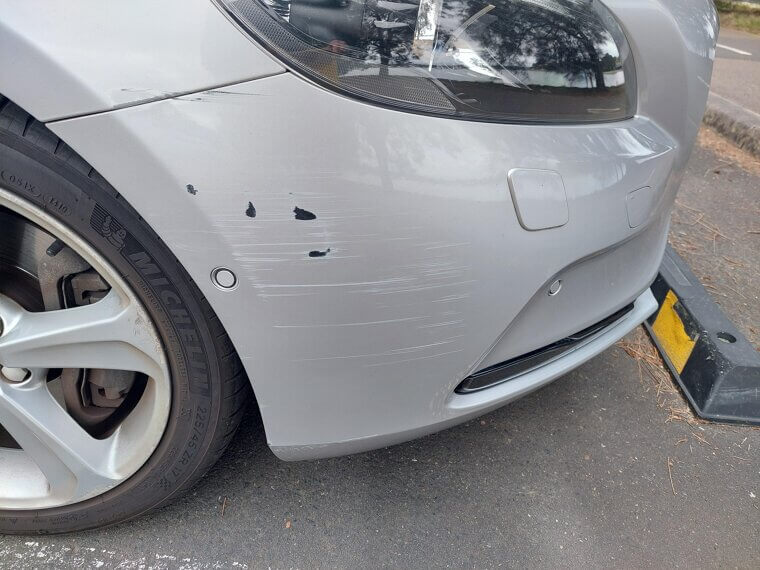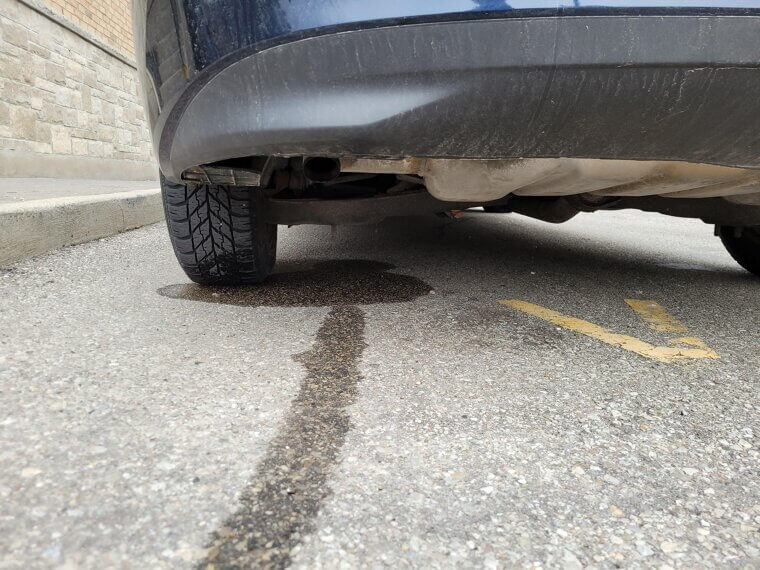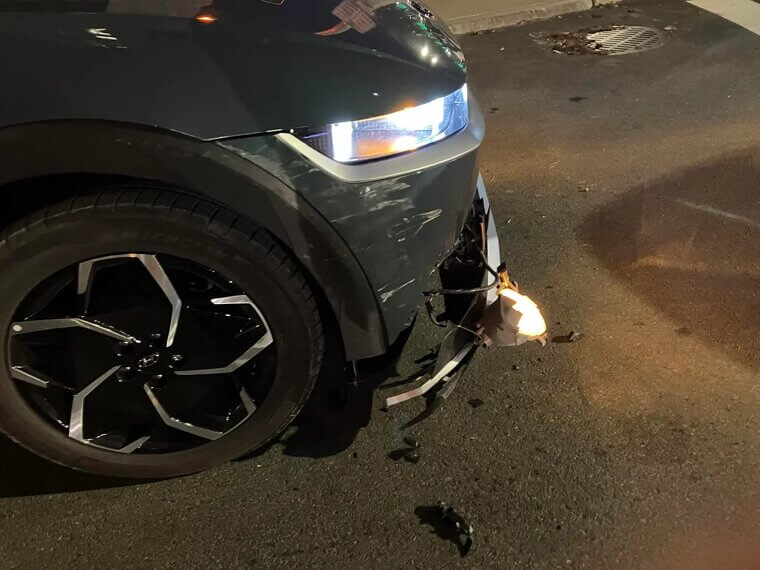Smart Features That Drivers Are Disabling Immediately
Cars of all kinds are becoming increasingly more sophisticated with their built-in tech features. While the intent is to enhance road safety, some features are simply frustrating to deal with. Here are some reasons why more drivers are turning off lane assist and other “smart” features.
Overly Sensitive Lane Assist
The lane assist feature often fails to function properly or activates at the wrong time. It can be a real danger on the road, especially with unnecessary, aggressive tugging and harsh feedback. Drivers often prefer to feel in full control of their vehicle, opting to turn off the lane assist feature altogether.
False Alarms
There is nothing worse than the sound of your car reacting to a problem that simply isn't there. From false security alerts to phantom lane departures or nonexistent obstacles. Having your vehicle react and cry wolf with annoying beeps and droning tones creates fatigue. It becomes a problem when a genuine issue is at hand.
Performance in Bad Weather
Whether it is intense rain, deep fog, or heavy snow, tech tends to malfunction when the weather conditions are not optimal. Lane keeping and automatic braking fail due to the obscured cameras and sensors. Drivers will often turn off these features when driving in harsh conditions and trust their judgment.
Driving Styles
Smart features often clash with the way many of us have been taught to drive. The system can feel like it's fighting back when all you're trying to do is get from point A to point B. No one likes to be second-guessed, especially when it comes to their driving abilities.
Worn and Rural Roads
Faded lines and washed-away markings are common on older roads. When it comes to features such as lane assist, the system can often struggle or malfunction. On routes like these, automated features can misbehave, steer poorly, or beep frantically. Drivers in more rural settings find these features more frustrating than helpful.
Unwanted Braking or Steering
It is common for harmless situations to be misinterpreted by automatic emergency braking and adaptive cruise control. The system may sometimes misinterpret a shadow or a parked car as a threat. Sudden braking or uninvited steering can be both aggravating and even dangerous. Drivers will opt to turn these features off so as not to constantly battle with their vehicle.
Distrust in Automation
The future may seem like it's here, but it isn’t everyone's cup of tea, and that’s okay. Many drivers are not ready to embrace semi-autonomous features. Whether it's being fearful of software bugs or unexpected behaviors. There is a certain kind of driver who prefers to be informed instead of being intervened with.
Maintenance and Calibration Issues
Many smart features solely rely on perfectly calibrated sensors and cameras. Naturally, every vehicle is damaged to some degree throughout its ownership. After a couple of bumps and dings, these features may not be working as initially intended. And when it comes to getting smart features repaired, it can often be a costly endeavor.
Reduced Responsiveness in Emergencies
When it comes down to a split-second decision in an emergency, drivers want to be in full control of their vehicle. Some vehicles equipped with smart features have laggy and sluggish response times, and in emergencies, these delays can mean the difference between life and death.
Repair Costs After Accidents
Sensors and calibration components are not cheap, nor are they always readily available. Even minor mishaps on the road can leave smart systems redundant. More budget-savvy drivers prefer to leave smart features off altogether, as they are seen as pricey liabilities rather than safety assets.
False Sense of Security
The debate over whether smart features are actually safer raises questions for drivers, who consider whether these features promote complacency on the road. Relying too heavily on safety systems and not engaging with your vehicle directly means paying less attention to your surroundings while driving. Many drivers will turn off these systems altogether and rely on their road awareness.


